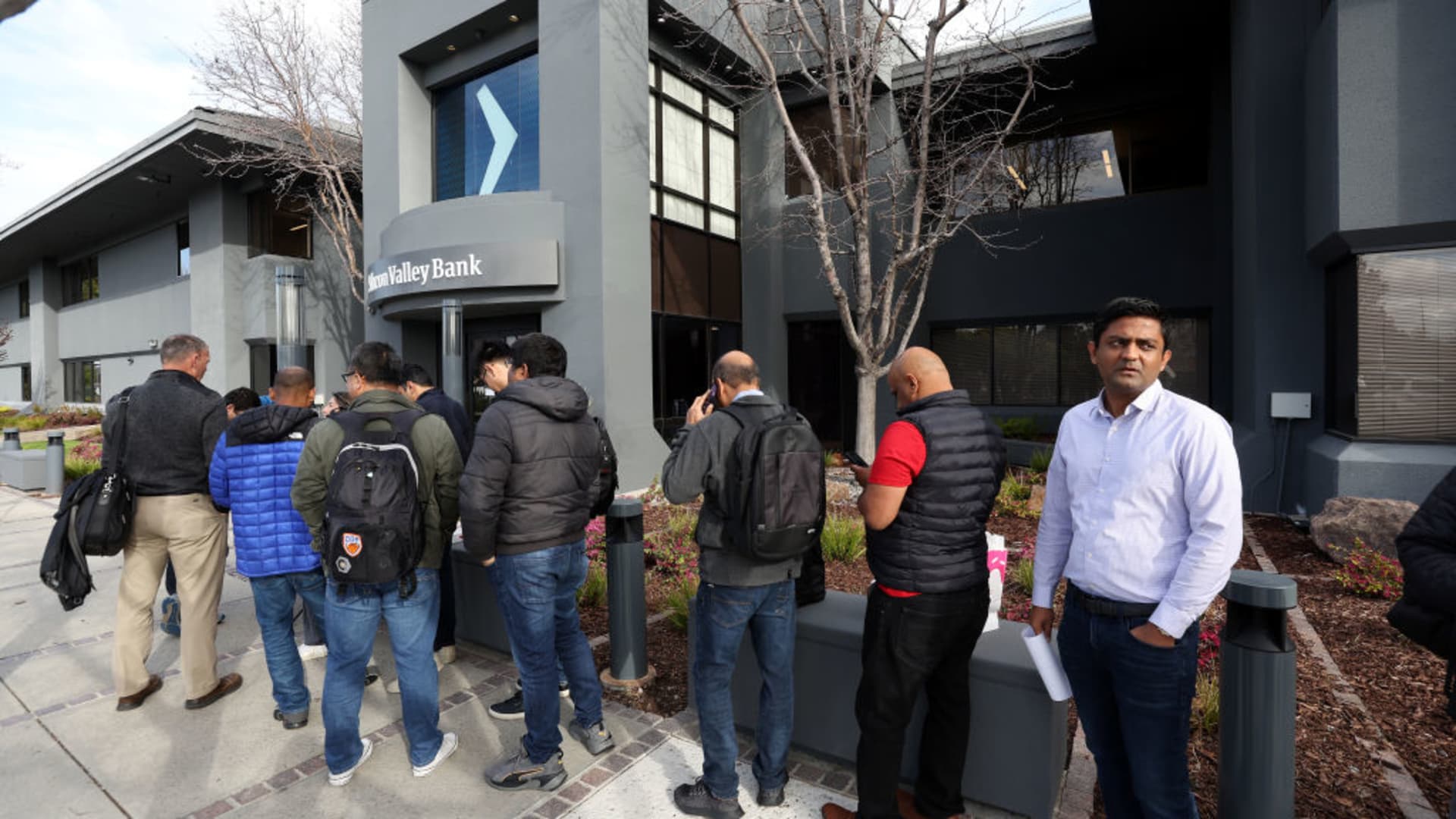After the sudden end of Silicon Valley Bank in March, market participants were quick to point out the role social media played in the velocity of its failure.
Now, about six weeks later, a working paper co-authored by a group of university professors digs deeper into the cause and effect of social media in the case of SVB, arguing that greater exposure to social media amplifies bank run risk and warning that other banks could face similar risks.
“Communication and coordination pose a risk to banks, especially when many of the deposits in the bank are uninsured,” the academic paper says. “The amplification of bank run risk via Twitter conversations is a unique opportunity to observe communication and coordination that shapes a critically important economic outcome − distress in banks.”
Furthermore, “given the increasingly pervasive nature of social communication on and off Twitter, we do not expect this risk to go away, but rather, it is likely to influence other outcomes, as well.”
In March, Silicon Valley Bank, a firm that primarily served startup businesses, became the biggest bank failure in the U.S. since the 2008 financial crisis and the second-largest ever – all in a 48-hour period. Members of the venture capital community of investors in the very companies that got caught in the crisis have lamented their own role in it, spreading panic. One called it a “hysteria-induced bank run caused by VCs.”
The authors of the working paper examined original tweets (no retweets) from between Jan. 1, 2020 and Mar. 13, 2023 that include a financial institution’s cashtag (the stock ticker followed by the $ sign). They also looked at stock price data and hourly stock returns from the first half of this March to identify the impact of bank-related tweets on the stock return.
“During the run period, we find the intensity of Twitter conversation about a bank predicts stock market losses at the hourly frequency,” the paper says. “These results are consistent with depositors using Twitter to communicate in real time during the bank run.”
“More importantly, SVB is not the only bank to face this novel risk channel,” the authors wrote. “Open communication by depositors via social media increased the bank run risk for other banks that were ex ante exposed to such discussions in social media.”
